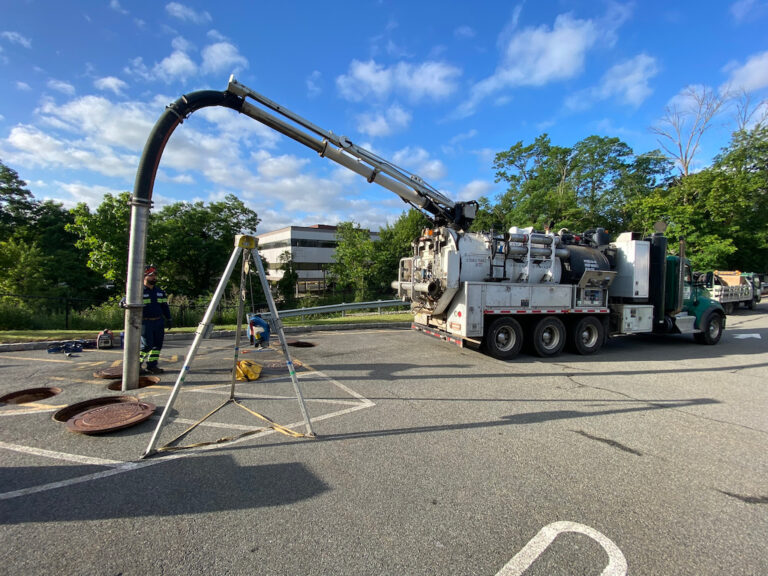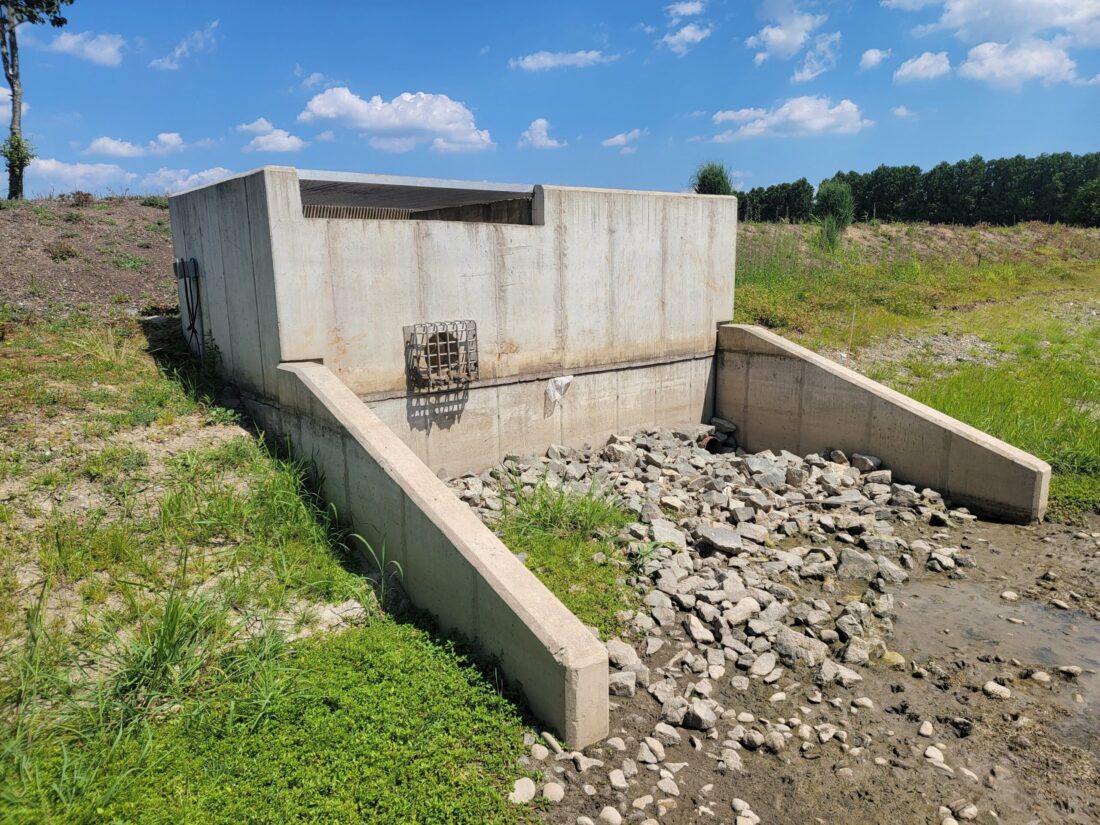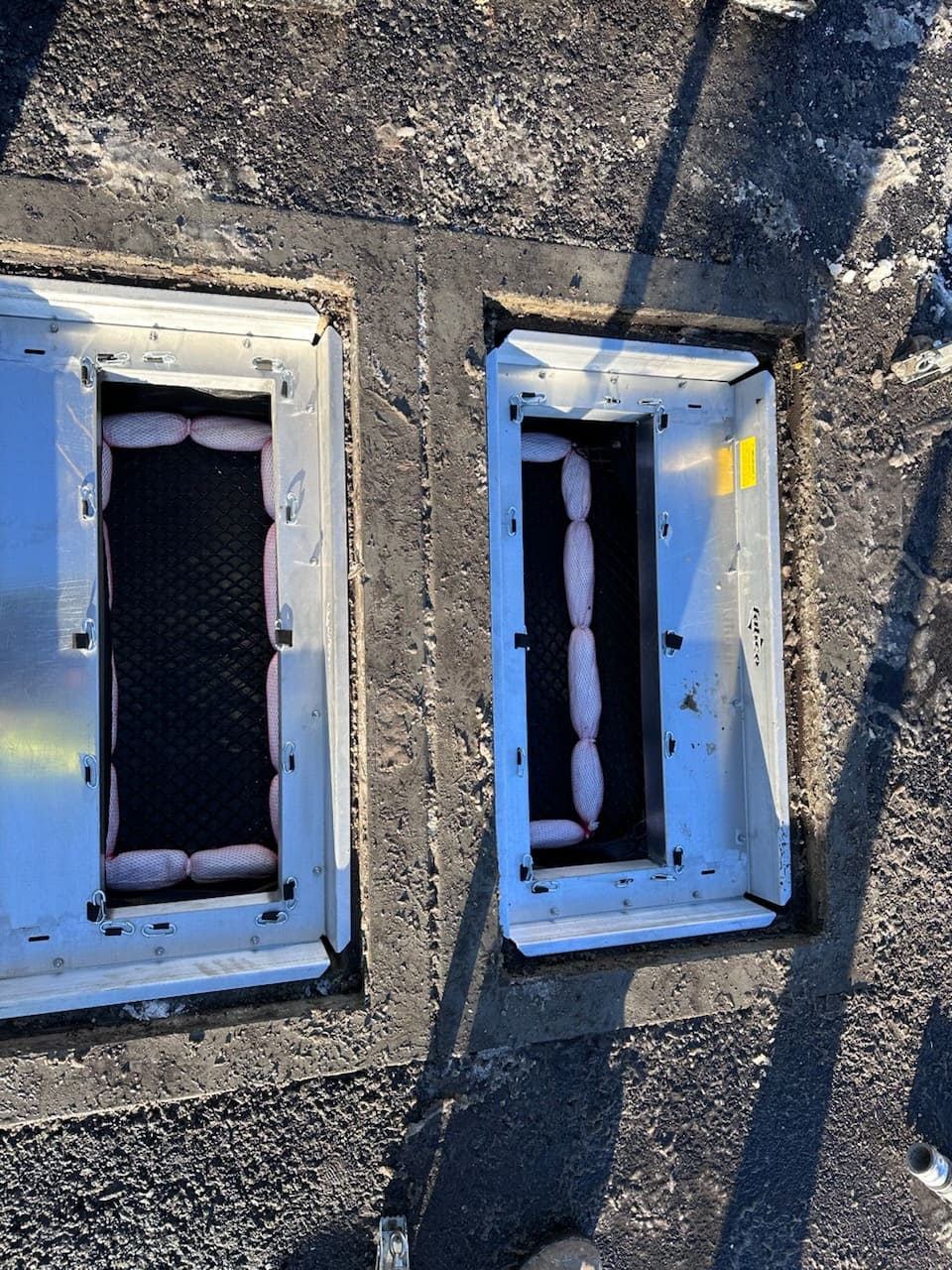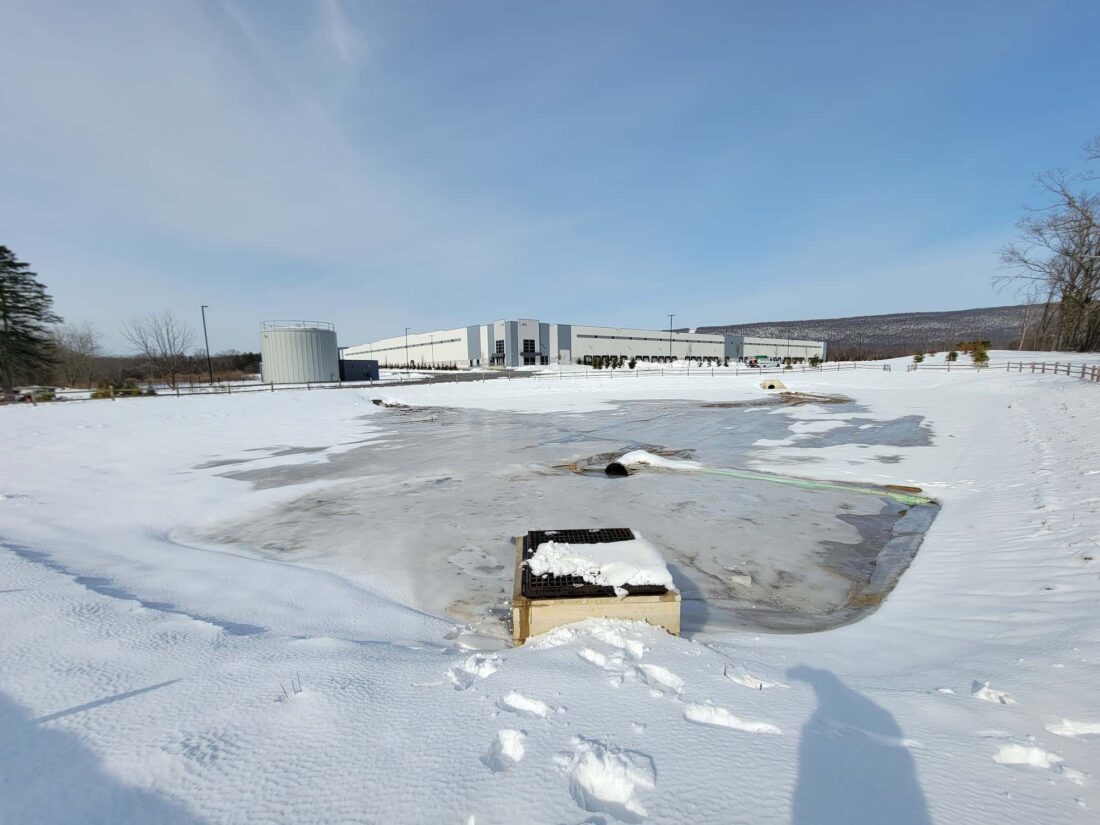
What Are the HOA’s Responsibilities for Water Drainage?
Last Updated on November 17, 2023 by Stormwater Compliance Solutions
As a homeowner, it is important to understand the responsibilities of your Homeowners Association (HOA) when managing water drainage in your neighborhood. By properly maintaining and addressing drainage issues, the HOA can prevent flooding, protect property, and ensure the overall functionality of stormwater management systems. This comprehensive guide will explore the key aspects of HOA responsibility in water drainage management and provide practical solutions to common neighborhood drainage problems.
Understanding the Importance of Water Drainage Management and Neighborhood Drainage Systems
Water drainage management is crucial for maintaining the integrity of a community’s infrastructure and preventing immediate or long-term damage caused by stormwater runoff.
When drainage systems are not properly maintained, it can lead to problems such as street flooding, erosion, and pollution of water resources. It is the HOA’s responsibility for water drainage to ensure that these issues are addressed and managed effectively.
The Impact of Poor Stormwater Drainage
Poor water drainage can have a significant impact on a neighborhood. Here are some neighborhood drainage problems that can arise due to inadequate drainage:
- Flooding: Improperly maintained drainage systems can result in flooding, causing inconvenience and potential property damage for residents.
- Erosion: Insufficient drainage can lead to soil erosion, which can compromise the stability of roads, sidewalks, and other infrastructure within the community.
- Water quality issues: When stormwater runoff is not properly managed, it can carry pollutants such as sediment, oil, and trash, negatively impacting the quality of local water resources.
- Aesthetic concerns: Poor drainage can result in standing water, leading to unsightly conditions and potential breeding grounds for mosquitoes and other pests.
Ultimately, it is the HOA’s responsibility to manage stormwater runoff unless other agreements exist with the municipality or the individual homeowner. To avoid these issues, HOAs must take proactive measures under HOA stormwater management guidelines to maintain and manage water drainage systems within their communities.
Common Neighborhood Drainage Problems and Solutions
To effectively address drainage problems, it is essential to identify and understand the common issues that can arise within a neighborhood.
Here are three common drainage problems that HOAs may encounter and practical solutions to mitigate them:
Obstructed Basins
Obstructed basins, including drop-inlet basins, catch basins, and retention basins, are common maintenance-related problems that can lead to street flooding and mosquito breeding. HOAs should regularly inspect these basins and ensure they are free from trash, leaves, or any other debris that may block water flow.
The HOA’s responsibility for water drainage suggests they should implement a proactive maintenance plan to regularly clear basins of debris. Establish a schedule for inspections and maintenance tasks to keep the basins functioning effectively. This is usually established in the Stormwater Operations and Maintenance Manual but a more specific plan can always be developed. Road runoff onto private property and town-diverted water onto a property can also be concerning. In most states, in a planned community where an HOA has been established, the municipality isn’t responsible for drainage, and this falls on the shoulders of the HOA. The exception for this can be when the drainage flows off of municipal roads into common HOA drainage areas. In this case, some responsibility can be diverted to the municipality.
Improper Sloping of Driveways and Roads
Improperly sloped roads and driveways can contribute to neighborhood flooding during heavy rainfall. The design-related issue can be addressed during repaving projects by working with reputable pavers who follow best practices for proper sloping and drainage.
A simple solution is to ensure that the roads and driveways are properly sloped to prevent water from ponding in yards or common lawn areas near the road. Collaborate with experienced professionals to ensure accurate sloping and improved drainage.
Poor Grading of Landscaped Areas
Proper grading of landscaped or grassed areas is vital for efficient stormwater drainage. Poor grading can lead to significant flood problems within the community. Consider implementing grassed swales and low channels with erosion-tolerant vegetation to drain stormwater effectively.
To combat this problem, thoroughly assess landscaped areas and identify any low-lying areas prone to ponding. Implement proper grading techniques and consider incorporating grassed swales to enhance stormwater drainage. Additionally, ensure proper mulching in landscaped beds to promote effective drainage.
HOA Responsibilities for Stormwater Management
It is the HOA’s responsibility for water drainage, and it also has certain responsibilities when managing stormwater within its communities. Regular maintenance and adherence to regulatory guidelines are essential to ensure effective stormwater management. Here are some key responsibilities of the HOA in stormwater management:
- Inspection of easements and common areas: Regularly inspect and maintain easements and common areas to identify any potential drainage issues or obstructions.
- Clearing debris and obstructions: Remove debris and other obstructions from catch basins and other drainage infrastructure to maintain unobstructed water flow.
- Creating proper drainage slopes: Ensure open lawn areas have proper drainage slopes to prevent ponding or flooding.
- Restoring eroded soil: Address any erosion issues by restoring soil in critical areas to maintain the integrity of the stormwater management system.
- Repairing cracked or damaged concrete: Identify and repair any cracked or damaged concrete that may affect the efficiency of the drainage system.
HOAs have sewer line responsibilities as well. To effectively manage stormwater, it is crucial for HOAs to familiarize themselves with the specific guidelines and regulations set forth by local municipalities. Many stormwater systems have Operations and Maintenance (O&M) manuals that outline the necessary maintenance requirements.
In the absence of an O&M manual, HOAs should refer to the NJDEP Maintenance Guidelines and BMP manual for guidance.
Collaborating with Municipalities for Effective Stormwater Management
Municipalities play a vital role in stormwater management and can provide valuable guidance and support to HOAs. They can enforce regulations and ensure compliance with stormwater management practices.
However, in the end, who is responsible for maintaining retention pools and who is responsible for storm drains falls under the HOA’s responsibility for water drainage.
Here are some ways in which HOAs can collaborate with municipalities for effective stormwater management:
Submission of Inspection Reports
HOAs should conduct regular inspections of stormwater management facilities and submit comprehensive reports to the municipality. These reports should include information on maintenance activities, such as debris removal and erosion control efforts.
Compliance with Municipal Guidelines
The HOA’s responsibility for water drainage includes being familiar with their local municipality regarding stormwater management. Adhere to the frequency of inspections, content of reports, and submission deadlines outlined by the municipality.
Consultation with Drainage Engineers
In cases where O&M manuals are lost or unavailable, consider consulting with drainage engineers who can provide expert advice on managing stormwater systems effectively.
By collaborating with municipalities and following their guidelines, HOAs can ensure that their stormwater management efforts are in line with local regulations and best practices, as the HOA is ultimately responsible for water drainage.
Managing water drainage is a critical responsibility for HOAs to protect their communities from flooding, erosion, and water quality issues. By implementing proactive maintenance plans, addressing common neighborhood drainage problems, and collaborating with municipalities, the HOA’s responsibility for water drainage can effectively manage stormwater and ensure the long-term sustainability of their neighborhoods.
Remember, every HOA must inspect and maintain their common area stormwater systems. By prioritizing the management of stormwater, HOAs can create healthier and more resilient communities.
To learn more about the HOA’s responsibility for water drainage in your community or to consult with stormwater inspection and service professionals, contact us today at [email protected].




